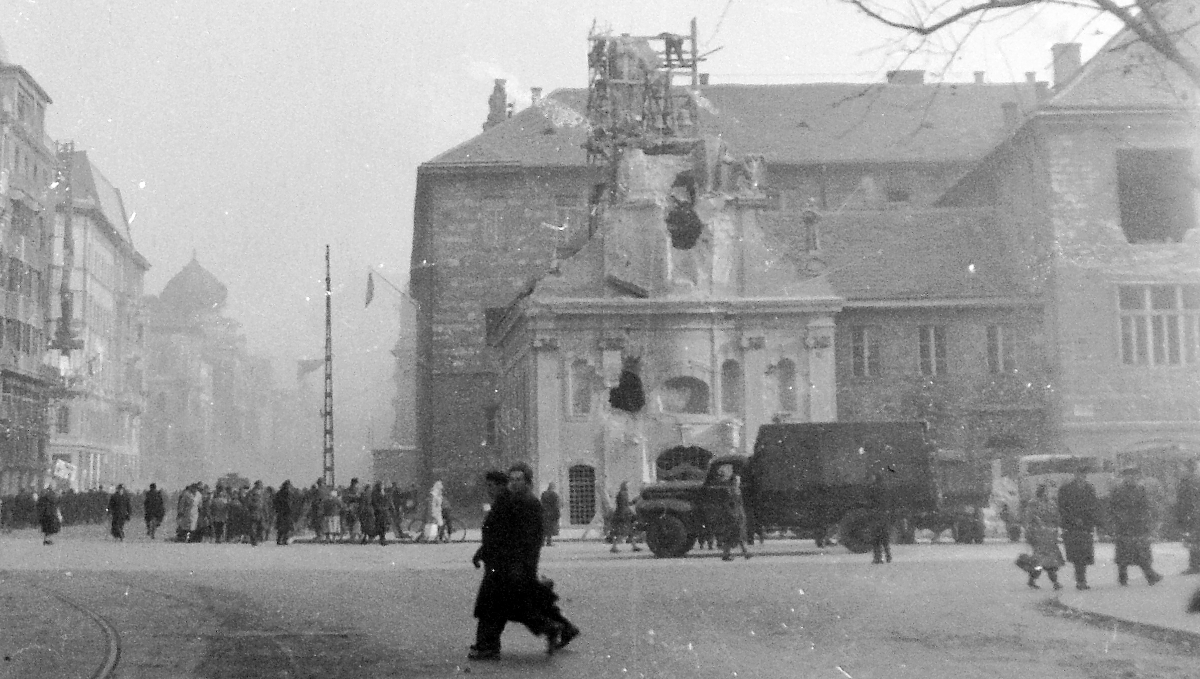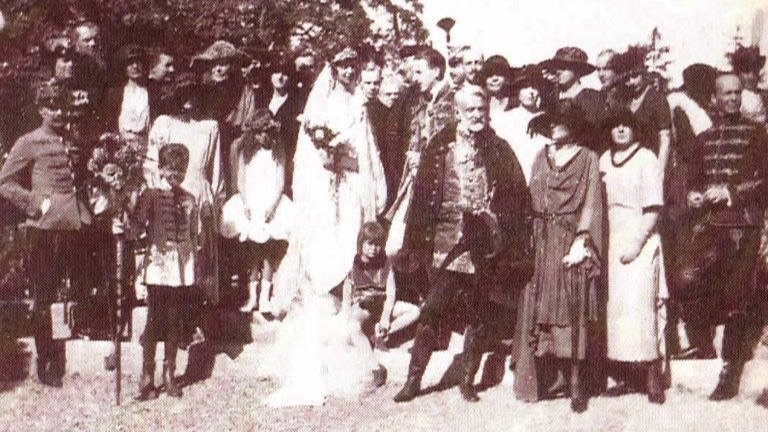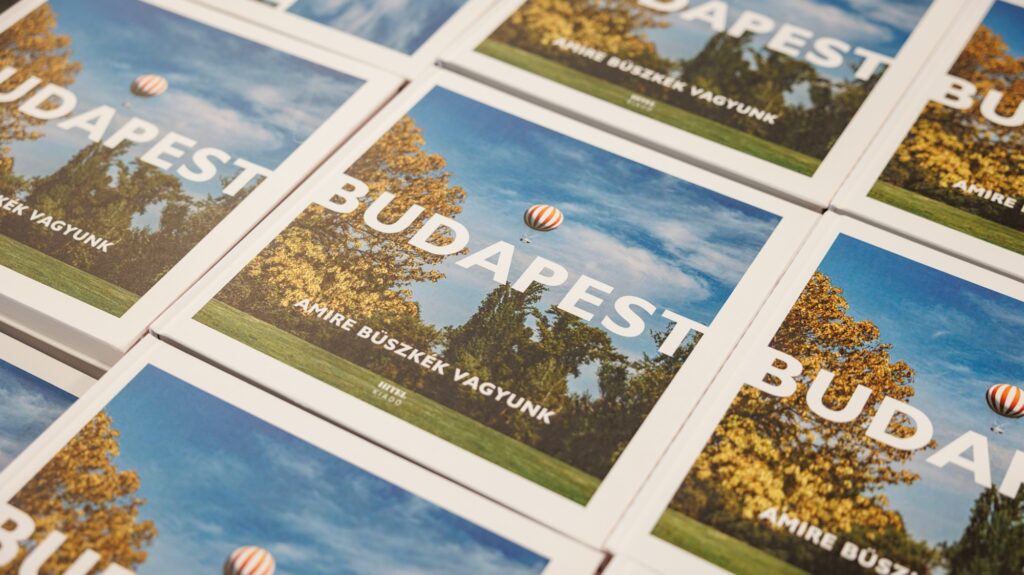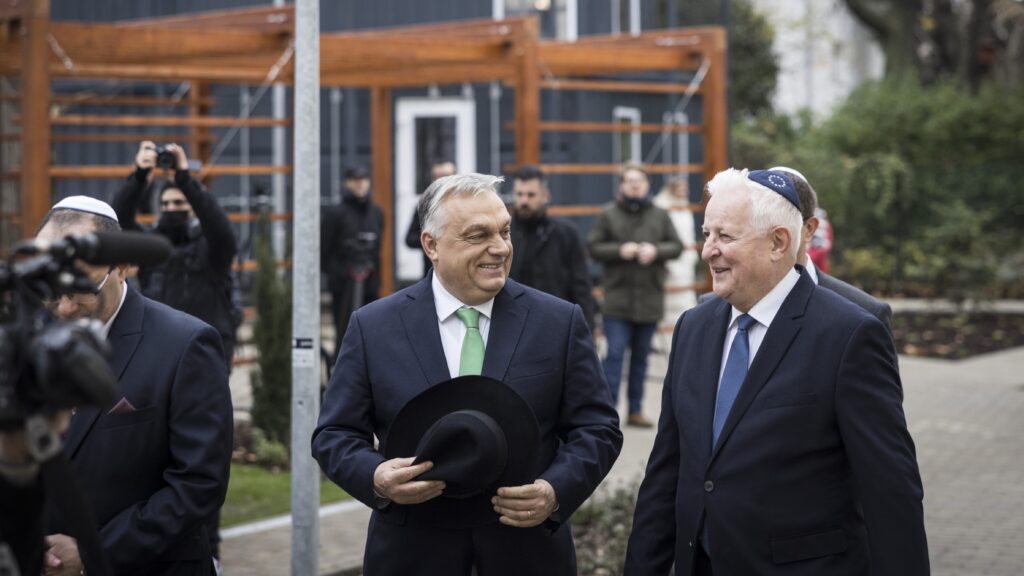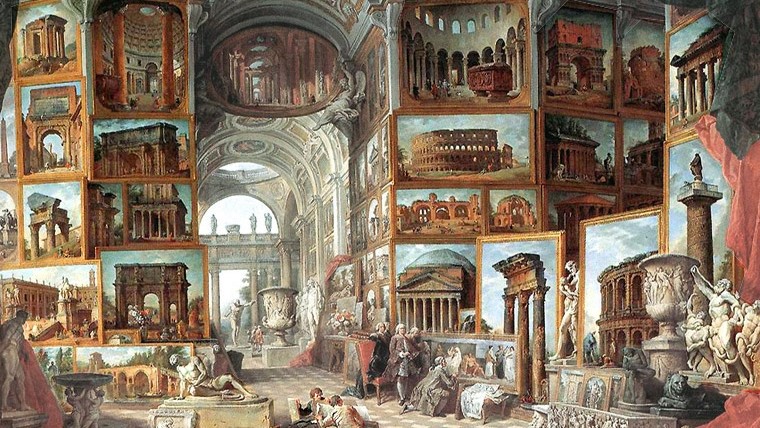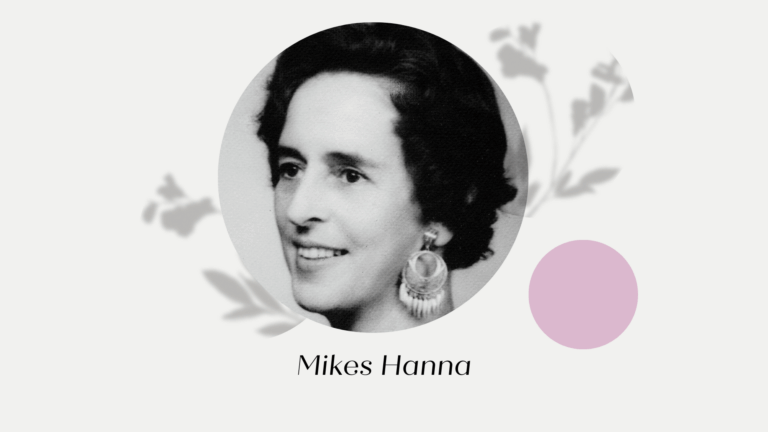Over the past 30 years, whenever I’ve been in a hurry to take care of my business, every time I’ve crossed Rákóczi Street in Budapest’s 8th district, between Blaha Lujza Square and Astoria, I’ve always stopped there for a few minutes. There’s a place that always makes me pause—a kind of private sacred spot, where, for certain reasons, nothing can ever be more important than stepping out of space and time for a moment.
I don’t consciously seek it, but whenever I pass by the St Rókus Chapel, when I see the building from afar, all external stimuli fall away from me like a chain—all noise and movement disappear, and the trivial problems of life are suspended. I stand there, amazed again and again. I become nothing—innocent as a small child receiving a gift; moved as a father at the birth of his son; and grateful as a man bidding his final farewell to a father who lived his life honourably.
This is the land of my ancestors—if I hurried through it, I might miss something. And besides, there’s no better place to go: although we haven’t lived here for a long time, I still feel in my heart that I am home. Here, my grandfather returned from the front in 1945; my father played with his friends in the square as a child; they witnessed the events of 1956 here; my parents were later married here; my grandfather took me for walks in the garden of the National Museum, along these same streets.
It was here that one of the first tremors in my heart about the existence of God occurred in my teenage years—and, strangely enough, on the evening of 23 October, 2006, I was standing on this very street when I went live as a TV correspondent to report on how the crowd of protesters against the socialist government was being barbarically dispersed by riot police.
‘When I see the building from afar, all external stimuli fall off me like a chain’
I must have been ten years old when I found a white book on one of the top shelves in our living room. It was the White Book—my father had received it from the city’s communist party secretary, but he’d placed it on the top shelf without ever reading it. I found it and read it in secret. It pained me to read the accounts of the brutal acts of the so-called ‘counter-revolutionaries’ again and again, the black-and-white photos on the yellowed pages showing the ‘horror’ of the October events.
The White Book was a communist propaganda publication of the Kádár restoration, but to a child, everything in it seemed believable. I told my father, who only said: ‘That’s not how it happened. When you’re older, I’ll tell you.’ This was in the early 1980s, when 1956 was not to be spoken of publicly—it was the communist regime’s closely guarded secret, its greatest taboo.
My father was ten years old when the revolution broke out on 23 October, 1956. Old photos show two bohemian boys—my father and his friend Laci Lántzky—like a Tom Sawyer and a Huckleberry Finn on Rákóczi Street: playing football, misbehaving, and even ministering in the St Rókus Chapel.
‘1956 was not to be spoken of publicly—it was the communist regime’s closely guarded secret, its greatest taboo’
My father was there early in the evening on 23 October, when the revolution broke out.
He stepped out of the Rókus Church after midweek mass and onto the dark street, but that October evening was somehow different—sparkling with excitement. Crowds were heading toward the Hungarian Radio building, and my father, out of curiosity, did not go home but instead joined the marching people. Bródy Sándor Street was already packed, and to get a better view, my father climbed onto the scaffolding of the building opposite the Radio—the house was familiar; he had used to come here to play button football. From above, he saw the delegation climb into the radio building from a truck via the balcony.
There was tension in the air; people who had been crippled by the dictatorship were waiting in the street, and it seemed that they could no longer be intimidated. It was not a situation for children—a man noticed this and immediately ordered my father down from the scaffold and sent him home. He pretended to walk away but climbed back in another place; curiosity was stronger. Then the first shots rang out…The man saw my father again, but this time he sent him on his way with a huge slap. ‘Here is the Hunchback,’ said those around them—that was the nickname of the right winger of the legendary Hungarian national football team, the Golden Team, László Budai II; he could have been my father’s saviour.
My father received the second earpiece from my grandfather as soon as he got home—the parents were nervous; they didn’t know where their son was, and from the gangway of their house next to the Uránia Cinema they heard the sound of gunfire coming from the Radio, a few hundred metres away as the crow flies…
A little later, the sound of another gunshot filtered in: at the intersection of Vas and Kőfaragó Streets, revolutionaries were trapped in the garden of a building that looked like a gateway but was actually a shell, and the ‘Ávó’ (Hungarian State Police State Protection Department, the state secret police) started shooting at them. The insurgents were singing the anthem, and the residents of the area listened from the gangways as the national song slowly faded away and then stopped…That was when my father saw my grandfather cry for the first time.
‘The residents of the area listened from the gangways as the national song slowly faded away and then stopped…’
A few days later, during the morning mass, a Soviet tank rolled down the steps in front of the Rókus Chapel with a huge roar and pushed its barrel through the main entrance door. Father György Dominek looked from the altar towards the noise with a pale face—the priest’s frightened gaze was etched into the retina of the ten-year-old boy. My father also saw faces distorted by pain, bloody clothes, stretchers, sealed fates. In the neighbouring Rókus Hospital, Father Frigyes Molnár visited the wards and administered the last rites to the seriously wounded; my father accompanied him as an altar boy.
For him, this was 1956. And decades later, this is apparently why he threw the White Book onto the top shelf.
My eldest son is ten years old. He is the same age as when my father—and later I—faced the revolution. My father stood there among dying people; I only learned about this reality from photographs, while my little son has never encountered death at all.
As I stop periodically in the square in front of the St. Rókus Chapel, and the autumn, spring, summer—or whatever—wind ruffles my hair, shadows move on the walls, and it feels as if everything is always happening then: the props of former events—the houses, the columns, the street pavings—are all here; only my ancestors have disappeared from the common picture. And yet, it is as if the thrill of returning here indicates that their presence mysteriously remains.
‘Without their sacrifice, we would not be able to feel the true taste of freedom today’
1956 has indeed stayed with us—for some in one way, for others in another. I did not lose a single ancestor in this fight for freedom; others did, and their families paid a tragic price for their courage. Some ancestors participated as members of the repressive state machinery in running the dictatorship, or perhaps in the bloody reprisals after the revolution was crushed.
However, sons do not share in the sins of their fathers. There are those for whom the family and historical assessment of 1956—personal and national glory—coincide, and there are those for whom these two realities remain separate. For the latter families, after three generations, the great task is to accept it, even against their own family history: the insurgents of 1956 were on the right side of history, and their fight for freedom has become one of the ideological foundations of contemporary Hungarian democracy. Without their sacrifice, we would not be able to feel the true taste of freedom today, and without their heroic attempts at resistance, a serious wound would still gape in the nation’s self-esteem.
Related articles:

